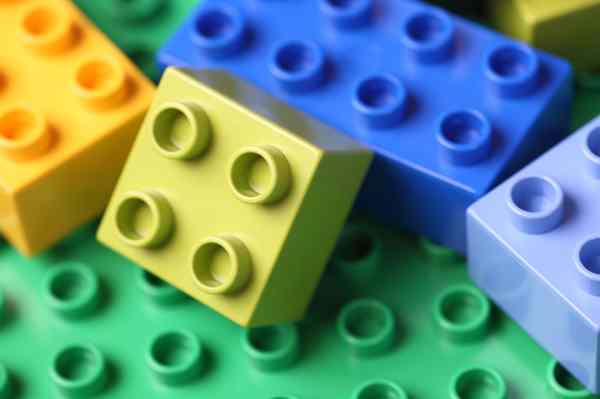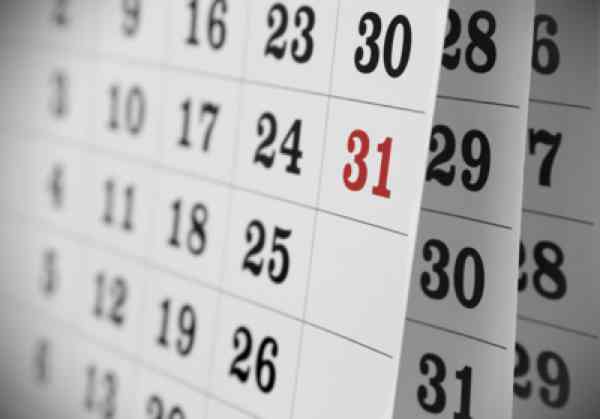Okay. You have a goal. You have a plan. You begin to act on the plan and the things that distract you from it and the things that get in the way begin to show up. Here are some ideas that can help you …
Continue Reading about Executing the Plan: 5 Ideas to Move You Forward →






